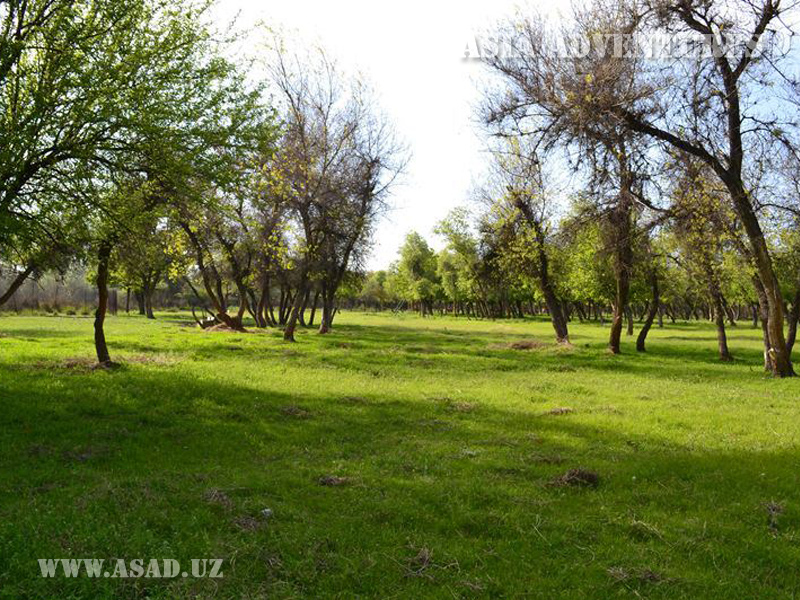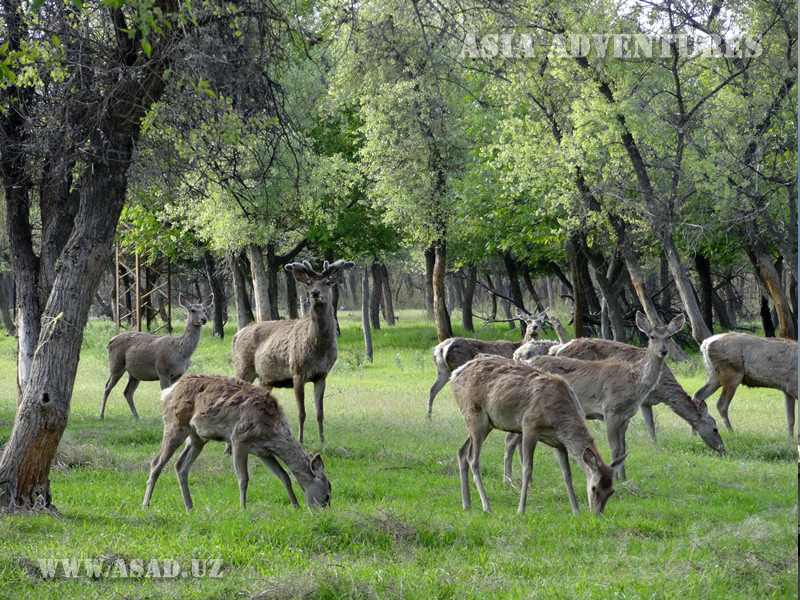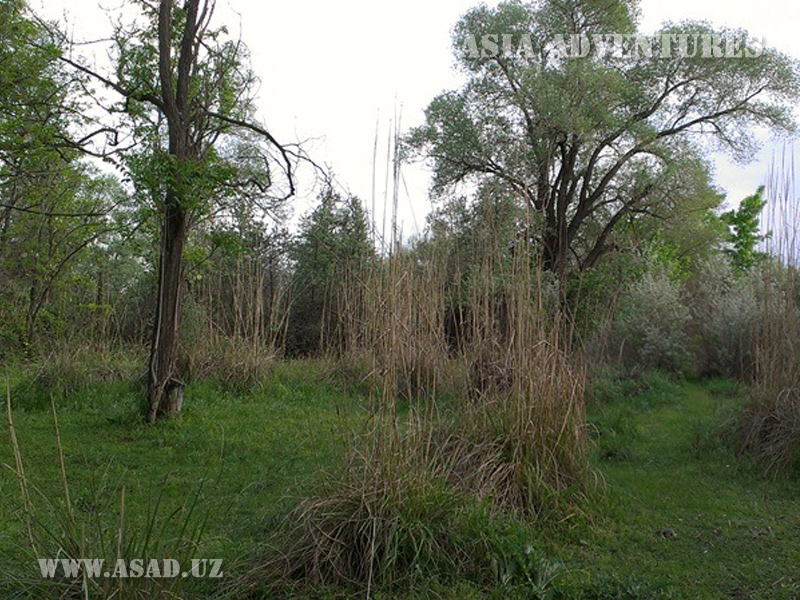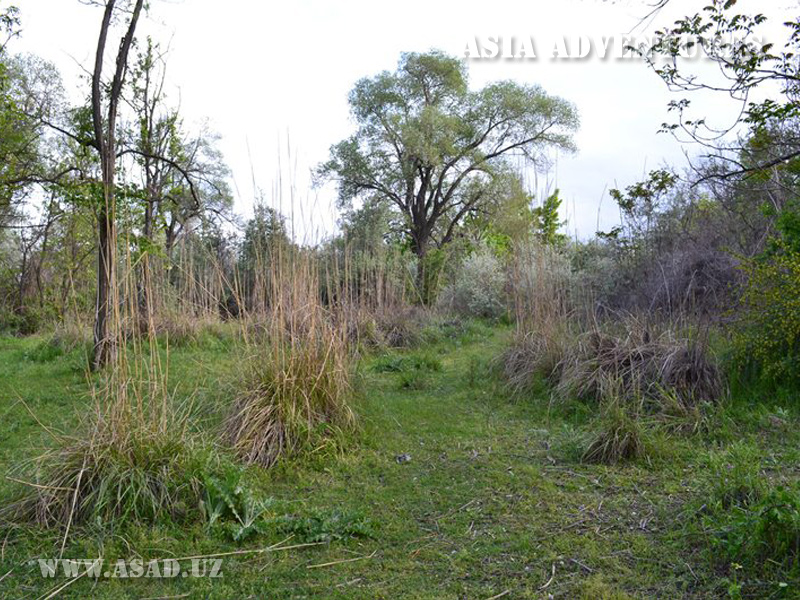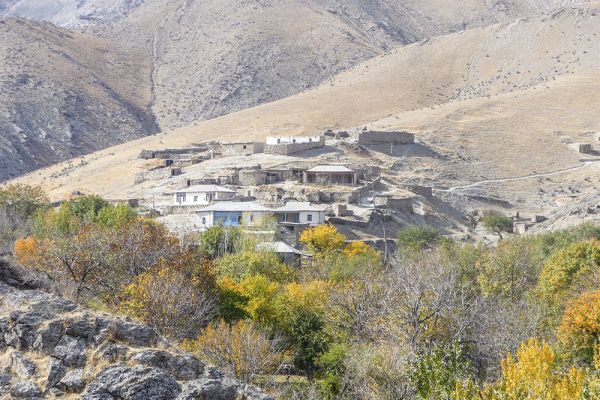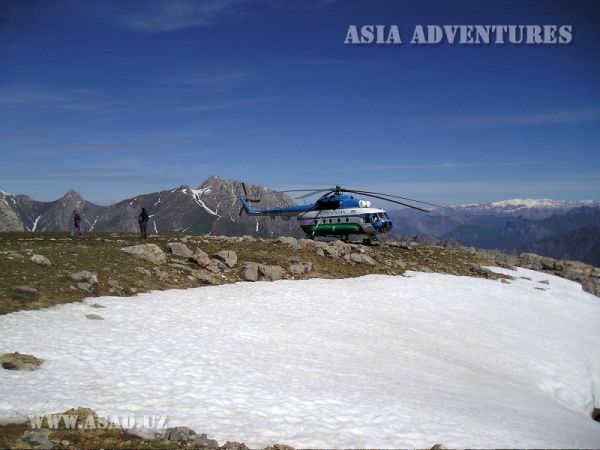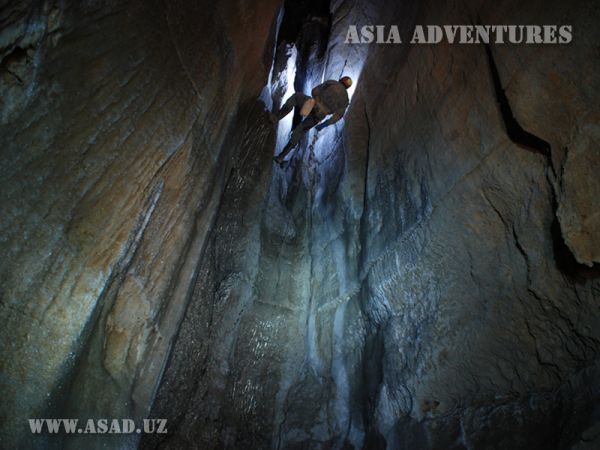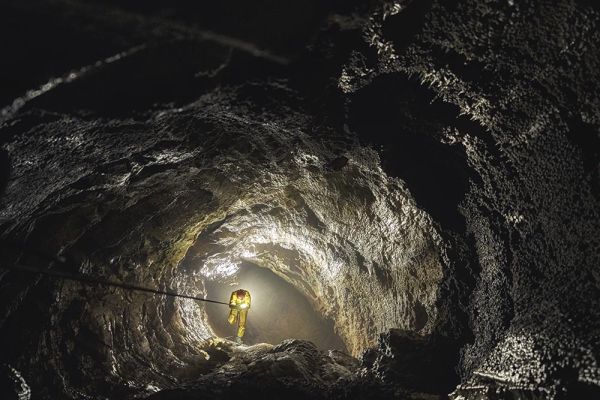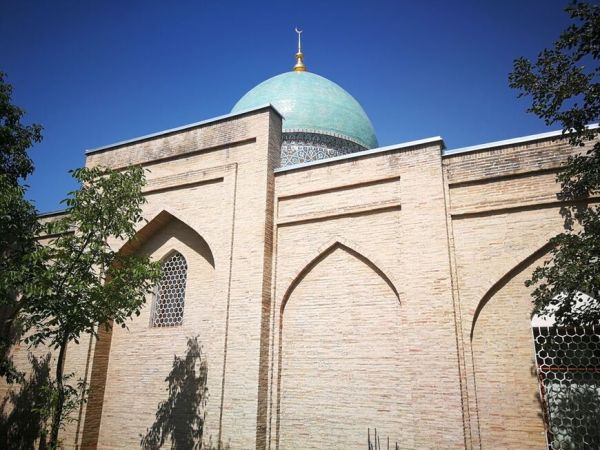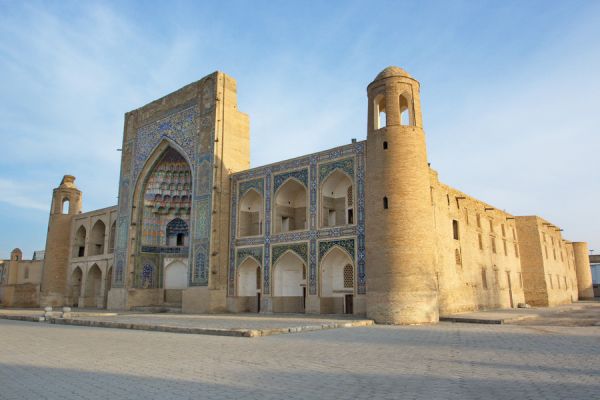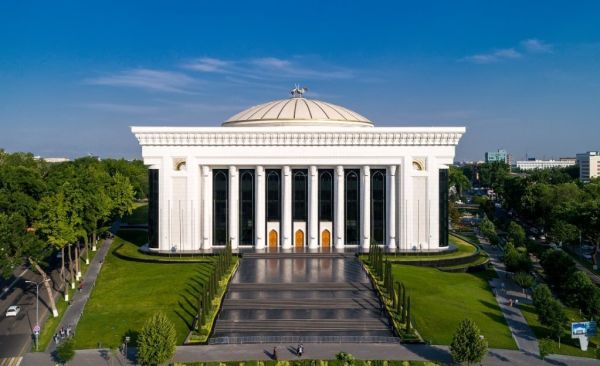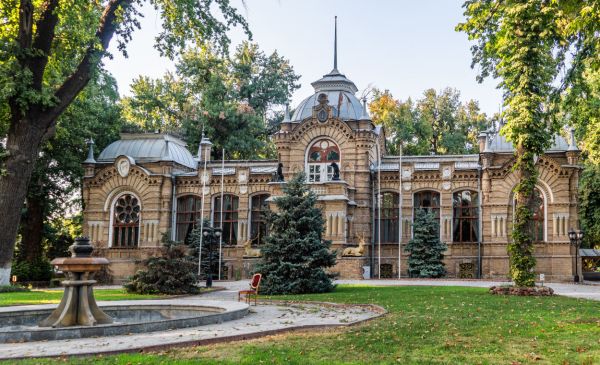Zarafshan Dolinno-Tugai State Nature Reserve
The Zarafshan Nature Reserve is located in the southeastern part of the Samarkand region on the territory of the Jambai and Bulungur districts. Its territory begins from the Chapan Ata heights, 8 km from the city of Samarkand and stretches along the right bank of the Zarafshan River upstream to the Pervomaisk dam.
The western border of the reserve is the middle of the Zarafshan riverbed, the southern border runs along the border with Tajikistan.
The Zarafshan State Nature Reserve was established in 1975 to preserve the biodiversity of the tugai forests of the Zarafshan River Valley. The area of the reserve is 2352 hectares, it stretches along the right bank of the river for 47 km in a narrow strip from 300 to 1,500 m wide.
The climate of the reserve is typical for continental subtropics with large amplitudes in both daily and annual air temperatures and a sharp frequency of atmospheric humidification. The average temperature of the hottest month (July) is 27.4 degrees Celsius, but the air can warm up to 41 degrees Celsius. The coldest month is January, the average January temperature is 0.9 °C, although frosts can reach - 27 °C. The annual precipitation rate for the reserve does not exceed 400 mm. Summer is characterized by the absence of rains and the greatest dryness of the air. The average frost-free period is 209 days.The prevailing winds in winter and summer are winds from the east, and in autumn and spring – from the south-east.
The hydrographic network of the reserve is formed by Zarafshan and its channels. The average long-term consumption of Zarafshan at the exit from the mountains is 165 m3/s. As with all Central Asian glacial-fed rivers, its water consumption is highest in the summer months (June-July), and lowest in winter (January-February). Due to the significant intake of water for irrigation, water in the riverbed occurs only during the inter-irrigation period and during high water.
On the territory of the reserve, groundwater is the main source of plant life. When groundwater is located at a depth accessible to plant roots, rich multi-tiered tugai vegetation develops here and animals settle.
The entire territory of the reserve belongs to the Tugai zone. Tugai vegetation refers to the entire complex of plant communities of woody, shrubby and herbaceous vegetation. A distinctive feature of tugai vegetation is its ability to develop in special hydrothermal conditions (high summer temperatures, moderate or abundant moisture). The special habitat conditions facilitated the selection of life forms with their characteristic biological features. The main tugai plants have a powerfully developed root system, are adapted to flooding and siltation, and are capable of developing a multi-tiered root system. There are 207 species of higher plants in the tugai of the Zarafshan Nature Reserve, which have been reliably identified over the entire period of its existence.
88 species of insects (Insecta) have been registered in the reserve; 26 species of molluscs (Mollusca) from two classes (Gastropoda, Bivalvia). Two species of mollusks are included in the Red Book of Uzbekistan - the toothless Sogdianum Colletopterum cyreum sogdianum (Kobelt, 1896) and the river basket Corbicula fluminalis (O.F.Muller, 1774)
There are 18 species of fish in the Zarafshan River, as well as in numerous channels and channels. Two species are included in the Red Book of Uzbekistan: the Turkestan barbel Barbus capito conocephalus, and the Aral plucker Sabanejewia aurata aralensis.
Two amphibian species are found on the territory of the reserve: the lake frog (Rana ridibunda) is common here, and the green toad (Bufo viridis) is somewhat less common.
The fauna of reptiles includes 10 species. Common are the Asian nudibranch (Ablepharus brandti Strauch), the swift foot-and-mouth (Eremias velox), the water snake (Natrix tesselata), and the patterned runner (Elaphe dione). The Central Asian tortoise Agrionemys horsfieldi and the yellowfin Ophisaurus apodus are less common.
The bird fauna is the most diverse in the reserve. Over the entire period of its existence, 207 species have been registered here, including: Zarafshan pheasant Phasianus colchicus zerafschanicus, Columba livia blue pigeon, kingfisher Alsedo atthis, white-winged woodpecker Dendrocopos leucopterus, common kestrel Falco tinnunculus, long-eared owl Asio otus, Otus scops, common hoopoe Upupa epops, Oriole Oriolus oriolus, southern Nightingale Luscinia megarhynchos, Remiz pendulinus, and others. In the autumn and spring spans, there are great cormorant Phalacrocorax carbo, lesser cormorant Phalacrocorax pygmaeus, black stork Ciconia nigra, gray goose Anser anser, cod teal Anas querquedula, broad-nosed Anas clypeata, red-nosed diving Netta rufina, crested blackbird Aythya fuligula, lutok Mergus albellus, osprey Pandion haliaetus, black vulture Milvus migrans, a snake-eater Sircaetus gallicus, burial eagle Aquila heliaca, white-tailed eagle Haliaeetus albicilla, peregrine falcon Falco peregrinus, gray crane Grus grus, belladonna Anthropoides virgo, etc. Species such as the Neophron percnopterus vulture, Aegypius monachus black vulture, Gyps fulvus white-headed barn owl, Bubo bubo owl, white-bellied swift Apus melba, and Corvus corax raven also fly into the reserve. 26 species of birds are listed in the Red Book of Uzbekistan (2003).
24 species of mammals have been registered in the reserve. Among them: tamarisk gerbil Meriones tamariscinus, eared hedgehog Erinaceus auritus, tolai hare Lepus tolai, jackal Canis aureus, fox Vulpes vulpes, porcupine Hystrix leucura, badger Meles meles, steppe cat Felis libyca, muskrat Ondatra zibethica. In November 2005, the appearance of a wild boar was noted, which migrated to the reserve from the Zarafshan range from the territory bordering Tajikistan. Since 1996, the reserve has been working on the program “Restoration and conservation of the Bukhara deer population”, funded by the French National Center for Scientific Research (CNRS), the INTAS, MacArthur Foundations, the European Initiative for Large Herbivores (LHI), the World Wildlife Fund (WWF).
